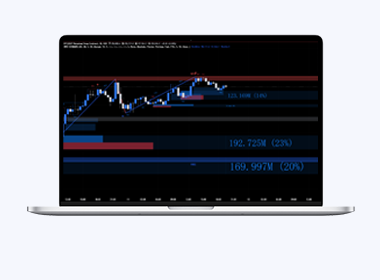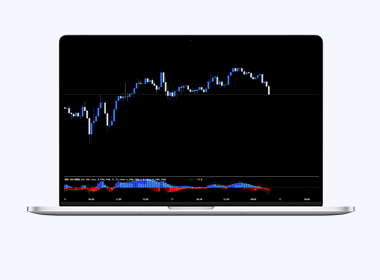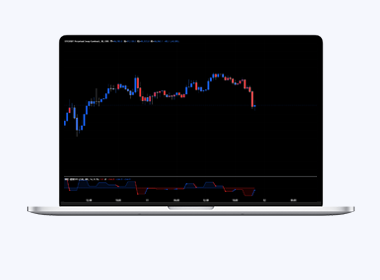In the complex world of stock market trading, the KDJ indicator stands out as a powerful tool that combines momentum and oscillation to provide traders with detailed insights into market conditions. This article delves into the intricacies of the KDJ strategy, outlining its components, application, and effectiveness in making informed trading decisions. By integrating main and extended keywords such as “stock market trading,” “momentum indicator,” and “KDJ analysis,” we offer a comprehensive understanding of how this strategy can be utilized to anticipate market movements and optimize trading outcomes.
Understanding the Fundamentals of KDJ
The KDJ indicator, a technical analysis tool, is a refined version of the Stochastic Oscillator, designed to provide traders with more sensitive and precise signals. It consists of three lines – the K (fast line
), D (slow line
), and J (divergence line
), each representing different aspects of market behavior. The K line, calculated based on the highest high and lowest low over a specific period, reflects the current closing price relative to the range. The D line, an average of the K line, smoothens the predictions, making trends easier to spot. Meanwhile, the J line, which represents the divergence of the K and D lines, is crucial for identifying potential reversals or continuations in price trends. Including extended keywords such as “Stochastic Oscillator refinement,” “sensitive market signals,” and “trend prediction,” this section elaborates on how these components synergize to guide traders in deciphering market dynamics.
Implementing KDJ in Trading Strategies
Incorporating the KDJ indicator into trading strategies requires a nuanced understanding of its signals. The crossing of the K over the D line can indicate buying or selling opportunities, depending on whether this crossover occurs in oversold or overbought zones. Specifically, a crossover in the oversold region (typically below the 20 level) suggests a buying signal, whereas a crossover in the overbought area (above the 80 level) signals a potential selling point. Furthermore, the J line’s position relative to K and D can amplify the signal’s strength: a higher J value can indicate a stronger bullish trend, and conversely, a lower J value might warn of a bearish reversal. Through detailed analysis of “buying signals,” “selling opportunities,” and “signal strength,” traders can better interpret the KDJ’s implications for entry and exit points in their stock market operations.
Case Studies: The Efficacy of KDJ Analysis in Real Market Conditions
To objectively evaluate the KDJ strategy’s effectiveness, examining case studies in various market conditions is crucial.
Case Study 1: Bullish Signals in a Volatile Market
In a detailed analysis of a technology stock, the KDJ provided early warning signs of a bullish reversal when both the K and D lines emerged from the oversold zone, with the J line further reinforcing the signal by soaring above the K and D lines. This precise indication allowed traders to capitalize on the ensuing uptrend.
Case Study 2: Predicting Downturns During Market Peaks
Another instance involved a well-established index where the KDJ indicator foresaw a downturn by identifying a crossover in the overbought region, accompanied by a declining J line. Traders utilizing this signal could strategically exit their positions before the anticipated decline, safeguarding profits and minimizing losses.
In summary, the KDJ strategy provides a sophisticated approach to navigating the complexities of stock market trading. By dissecting the mechanism of the K, D, and J lines, understanding how to implement these insights into practical trading strategies, and reviewing case studies that underscore its utility across different market conditions, traders can enhance their ability to make informed decisions. The capacity of the KDJ indicator to offer early, sensitive, and precise market signals makes it an invaluable tool in the arsenal of both novice and veteran traders seeking to optimize their trading outcomes.
版权:文章归 神灯指标 作者所有!
转载请注明出处:https://www.177911.com/1301.html


 微信扫一扫
微信扫一扫 













还没有评论呢,快来抢沙发~